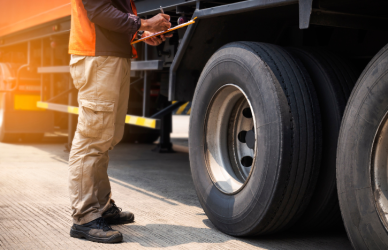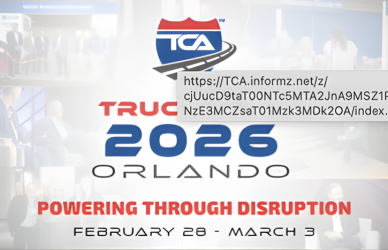A recent study unveiled on March 19 sheds light on the monumental infrastructure investments necessary for the trucking industry to fully transition to electrification—a staggering figure nearing $1 trillion.
Commissioned by the Clean Freight Coalition (CFC), the study aims to provide policymakers and the public with valuable insights into the costs associated with this transition. The coalition, dedicated to advocating for reduced emissions in trucking in a financially viable manner, sought to understand the comprehensive expenditure involved in upgrading infrastructure.
“The Clean Freight Coalition is an alliance of transportation stakeholders committed to a clean energy future,” said Jim Mullen, CFC executive director. “We found that there was a void in information relative to this transition as it relates to the buildup of the nation’s electrical infrastructure, including the generation, transmission and distribution of electricity to electrify all the nation’s medium- and heavy-duty commercial trucks.”
Roland Berger, a renowned management consulting firm known for its expertise in infrastructure, automotive sectors, and commercial trucking, was tasked with conducting the study. Their findings revealed a staggering $620 billion requirement for charging infrastructure enhancements, coupled with an additional $370 billion needed for the modernization of distribution grid networks.
“Our industry has an incredible pedigree and commitment to a clean environment,” said Chris Spear, American Trucking Associations president. “What Roland Berger’s study shows us is that this mad dash to zero exposes the supply chain to a $1 trillion unfunded mandate. This is not included in the latest Infrastructure Investment and Jobs Act. This is a $1 trillion unfunded mandate that the supply chain, including our industry, is going to have to invest.”
While acknowledging the significant strides made in reducing emissions from truck tailpipes—by a remarkable 98.5% over the past four decades—industry experts emphasize the importance of a collaborative and sensible approach to emission reduction strategies. Rushing toward singular solutions without realistic timelines and targets may not be the most effective path forward.
“We looked at the Class 3 to 8 vehicles to understand how they are distributed in the country, what does this mean for the charging situation at the county level, what does it then mean for the investments that have to be taken at the fleet level,” said Wilfried Aulbur, Roland Berger senior partner. “Our calculations show that we will have to invest about $620 billion into charging infrastructure, which includes chargers, site infrastructure and utility service costs.”
Recognizing the financial realities of the logistics sector, which typically operates on a modest 5% return on sales, experts caution that absorbing such costs won’t be easy. Without adequate support, the transition could result in substantial freight rate hikes to cover expenses. Moreover, the estimated $620 billion budget accounts for both local and long-distance operations, highlighting the extensive scope of the required investments.
“For the local investments in on-site charging infrastructure, we would need close to $500 billion, to be exact $496 billion,” Aulbur said. “Then in addition to the local on-site charging, we need to make sure that there is also on-road charging available for higher-mileage vehicles, which is an additional $69 billion on top. So that’s the way this distributes.”
Furthermore, the development of these electrified highways faces challenges linked to the pace of transmission grid infrastructure expansion. The process, which involves securing necessary infrastructure and permits, tends to progress slowly, further complicating the transition timeline.
“Now, if we want to look at full electrification of long haul vehicles, that’s basically the challenge to electrify our highways,” Aulbur said. “That is going to need about $57 billion in additional investment. Again, a significant amount of money that needs to be spent. We’ve said it, infrastructure investment is great, it creates jobs, but we need to find a way to fund it.”
Source: Transport Topics











